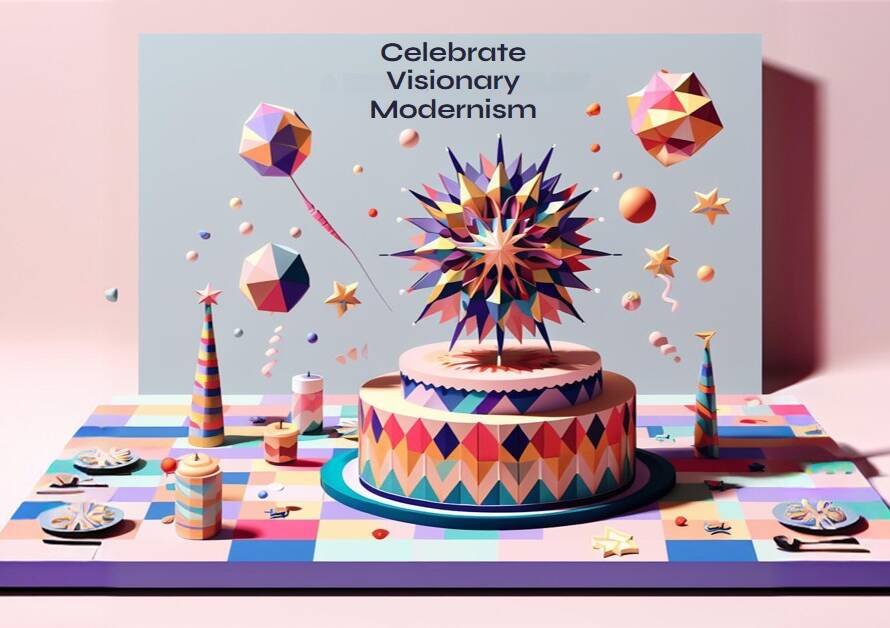
Table of Contents
Introduction
In a world filled with constant noise and clutter, the allure of minimalism has never been stronger. The minimalist design philosophy offers a breath of fresh air, inviting individuals to streamline their surroundings and embrace simplicity with style. Whether you’re looking to declutter your living space or revamp your interior design, mastering minimalist design principles can transform your environment into a serene sanctuary of calm and sophistication.
Embracing Minimalism: A Paradigm Shift
The journey to mastering minimalist design begins with a fundamental shift in mindset. It’s about prioritizing quality over quantity, focusing on essential elements, and eliminating excess. By embracing minimalism, you free yourself from the burden of material possessions and cultivate a deeper appreciation for the things that truly matter.
Transitioning to a minimalist lifestyle involves decluttering your space and letting go of items that no longer serve a purpose or bring you joy. Start by assessing each item in your home and asking yourself if it aligns with your vision of simplicity. Embrace the liberating feeling of letting go and embrace the blank canvas that minimalist design provides.
Less is More: The Core Principles of Minimalist Design
At the heart of minimalist design lie a few core principles that guide every decision and arrangement. Simplicity, functionality, and intentionality form the cornerstone of this design philosophy. Every element in a minimalist space serves a purpose and contributes to the overall aesthetic in a meaningful way.
Simplicity doesn’t mean sacrificing style; rather, it’s about distilling design to its essence and allowing each element to shine. Clean lines, neutral colors, and uncluttered spaces create a sense of calm and tranquility. Functionality is paramount in minimalist design, with every piece of furniture serving a dual purpose or maximizing utility. Intentionality involves deliberate choices and mindful curation, ensuring that every addition to your space enhances its beauty and functionality.
The Power of Negative Space: Creating Balance and Harmony
One of the most powerful tools in the minimalist designer’s arsenal is negative space, also known as whitespace. Negative space refers to the empty areas in a design that allow the eye to rest and create a sense of balance and harmony.
In minimalist design, negative space plays a crucial role in defining the overall aesthetic and highlighting key elements. Embrace the beauty of empty walls, uncluttered surfaces, and open floor plans. Allow each piece of furniture and decor to breathe, creating a sense of serenity and spaciousness in your home.
Choosing Quality Over Quantity: Curating Your Essentials
In a minimalist space, every item holds significance and contributes to the overall ambiance. Rather than filling your home with an abundance of objects, focus on curating a collection of high-quality essentials that bring you joy and serve a purpose.
Invest in timeless pieces of furniture and decor that will withstand the test of time both in terms of durability and aesthetic appeal. Opt for materials that are durable, sustainable, and easy to maintain, ensuring that your minimalist oasis remains pristine for years to come.


Minimalist Color Palettes: Finding Serenity in Neutrals
Color plays a pivotal role in minimalist design, with neutral palettes dominating the landscape. Shades of white, beige, gray, and black create a sense of serenity and sophistication, allowing furniture and decor to take center stage.
Embrace the simplicity of monochromatic schemes or introduce subtle accents of color through textiles and accessories. Keep the palette cohesive throughout your space to maintain visual harmony and cohesion.
Decluttering Your Space: The KonMari Method
Decluttering is an essential step in mastering minimalist design, and the KonMari Method offers a systematic approach to tidying up your home. Developed by organizing guru Marie Kondo, this method involves decluttering by category and keeping only items that spark joy.
Start by tackling one category at a time, such as clothing, books, or sentimental items. Hold each item in your hands and ask yourself if it brings you joy. If not, thank it for its service and let it go. By decluttering your space and surrounding yourself only with items that bring you joy, you create a home that is truly a reflection of your values and priorities.
Maximizing Functionality: Multi-Purpose Furniture and Storage Solutions
In a minimalist space, every piece of furniture serves a dual purpose or maximizes functionality in some way. Opt for multi-purpose furniture pieces, such as storage ottomans, nesting tables, or modular shelving units, that can adapt to your changing needs.
Explore creative storage solutions to keep clutter at bay and maintain a clean, streamlined aesthetic. Utilize hidden storage compartments, wall-mounted shelves, and under-bed storage bins to maximize space and keep surfaces clear.
The Art of Mindful Consumption: Living with Intention
Above all, mastering minimalist design is about living with intention and mindfulness. It’s about being deliberate in your choices, whether it’s selecting furniture for your home or bringing new items into your life.
Practice mindful consumption by prioritizing experiences over possessions and investing in items that align with your values and enhance your quality of life. By cultivating a minimalist mindset and surrounding yourself with only the things that truly matter, you can create a space that nurtures your soul and inspires you to live with purpose.
Conclusion: Embrace the Beauty of Simplicity
Mastering minimalist design is an ongoing journey, but the rewards are immeasurable. By simplifying your space with style, you create a sanctuary of calm and tranquility that reflects your values and priorities. Embrace the power of minimalism to declutter your mind, elevate your surroundings, and live with intention. Let go of the excess, embrace simplicity, and discover the beauty of a life well-lived with minimalist design.


